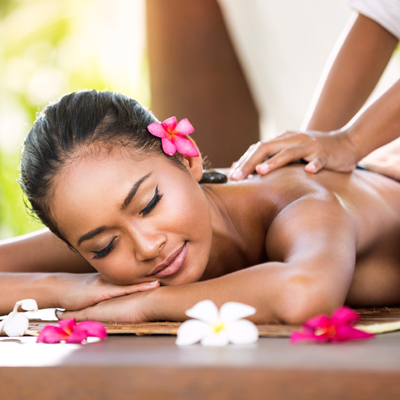Whenever you imagine massage, you most likely expect you’ll be considered a passive participant — lying with a blanket like a masseuse presses and kneads your tight muscles. However, a Thai massage is often a totally experience. Yes, there’s a masseuse using his palms to knead your muscle mass, but you can also be twisted, stretched and still have feet, thumbs and fist work your body. Asanas, or yoga poses, also feature in this Eastern massage tradition.
It may well change from the massage strategies to which you’re accustomed, but Thai massage could be just like beneficial — or maybe more so. The practice promotes positive energy circulation, and that means you feel balanced and rejuvinated. Thai yoga massage has several other benefits too, including reduction of pain and stress.
What exactly is Thai Massage?
Thai massage is traditionally performed on the floor — you lie over a padded mat because the masseuse walks you through partner yoga poses and manipulates one’s body into stretches. Some traditional massage techniques, like acupressure, compression and joint mobilization, are also used, but no lotions or oils are applied and you remain fully clothed for that session.
Some centers may modify traditional Thai massage being performed over a table due to regulations, space limitations or patients who are not able to stand up and down from the floor easily.

Enhanced Energy Flow
Thai massage works off of the thought tightened muscles result in the diminished flow of energy in your body. When energy can’t flow freely, you feel inflexible, suffer pain and feel stiff. Overtime, this may lead to shortened muscles and ligament that affects your posture, immunity and organ function — all of which increase aging and disability.
The pressing approaches Thai massage are designed to increase blood flow to facilitate the higher flow of nutrients and oxygen on your tissues. It may also help your system naturally do away with waste, such as metabolic byproducts and skin tightening and, more efficiently.
Adding stretching to the massage process helps relax the muscles further, so that they naturally regain natural flexibility and tone. You’ll relieve chronic stiffness and experience improved mobility.
Treatment
Thai massage can be an alternative route for people to cope with chronic pain, and is very efficient for temporary relief showed a review of the investigation published in 2015 in Complementary Therapies in Clinical Practice. In the six studies reviewed, people reported a 25 to 80 % decrease in pain that lasted up to 15 weeks after a Thai massage protocol.
Thai massage continues to be particularly effective as a possible intervention for people with scapulocostal syndrome, a painful condition that strikes the rear of the shoulder blade. Research published in the Journal of Bodywork and Movement Therapies next year demonstrated that people with the situation who taken part in as many as nine 30-minute Thai massage sessions over three weeks, improved with regards to pain intensity, pain threshold and muscle tension.
Check out about thai aroma oil please visit site: read here.
